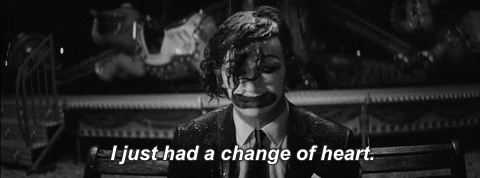
This logo isn't an ad or affiliate link. It's an organization that shares in our mission, and empowered the authors to share their insights in Byte form.
Rumie vets Bytes for compliance with our
Standards.
The organization is responsible for the completeness and reliability of the content.
Learn more
about how Rumie works with partners.
Have you thought about where you want to take your career?
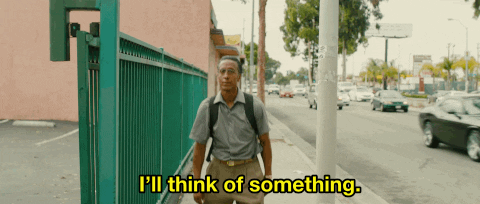
It's going to be a long road with many twists and turns. You might feel like the possibilities are endless...or even limited.
It's hard to plan for your future! It's also normal to feel stuck. But there's a way out.
A mind map will help you get started on your career journey.
What's A Mind Map?
A mind map is a visual way to brainstorm ideas for your career.

It starts with a main idea at the center and branches out into related ideas and subtopics.
Using a mind map will get you thinking creatively and critically about your career choices so you can see the big picture.
How Do I Start?

At the heart of every mind map is Your Big Why — the reason you want to explore a career path.
Get a blank piece of paper and turn it sideways to a landscape layout
Grab something to write with
Draw a circle in the center of the page
Think about your main purpose for creating this mind map
Are you starting a new career path from scratch, or looking to make a change?
Your Big Why will fill in the center circle.
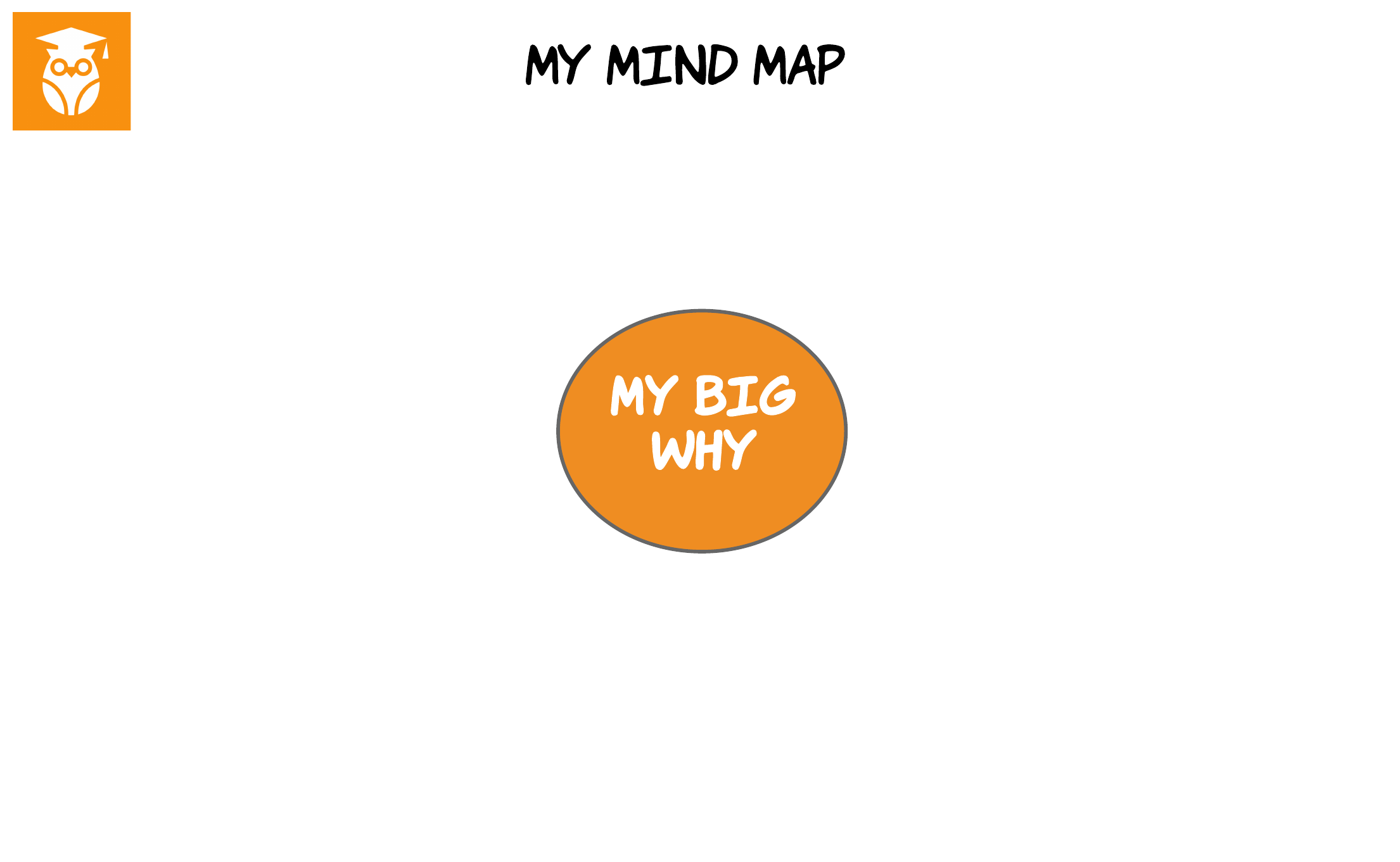
Did you know?
Rumie is a nonprofit community dedicated to making innovative learning free for everyone.
Your Big Why: Starting From Scratch

Think about what an established career looks like to you.
Whether you're just starting to think about a future career, or you already have a direction in mind, you need to recognize your talents and find a path that fits your goals.
Think big!
Ask yourself:
What are my passions?
What am I already good at?
Can I address a real need in the world?
Can I make a living doing it?
This is a thinking exercise called ikigai, a Japanese strategy that helps people find their life purpose .
Your Big Why: Making A Change
Is the career path you're on right now the one you really want? Maybe it's just not working out. Or maybe you like your current career but want to take it to the next level.
If it's time for a change, you need to understand your reasons for wanting the change and prepare yourself for the big transition.
Think smart!
Ask yourself:
Do I want to change my career or do more with my current career?
Where can I take my skills and knowledge?
Where do I want to be in the long term?
Keep the big picture in mind as you look for a different job in your field.
Branch Out
It's time to add the branches to your mind map. This involves connecting ideas out from Your Big Why.
Think of some topics for your main branches by asking yourself more detailed questions about your potential career path:
What are the key traits and skills I need for this path?
What training and resources do I need?
What specific jobs exist in this field?
Who can I network with to learn more about these jobs?
Answer these questions with keywords or short phrases, write them down on the mind map, and connect them to Your Big Why.
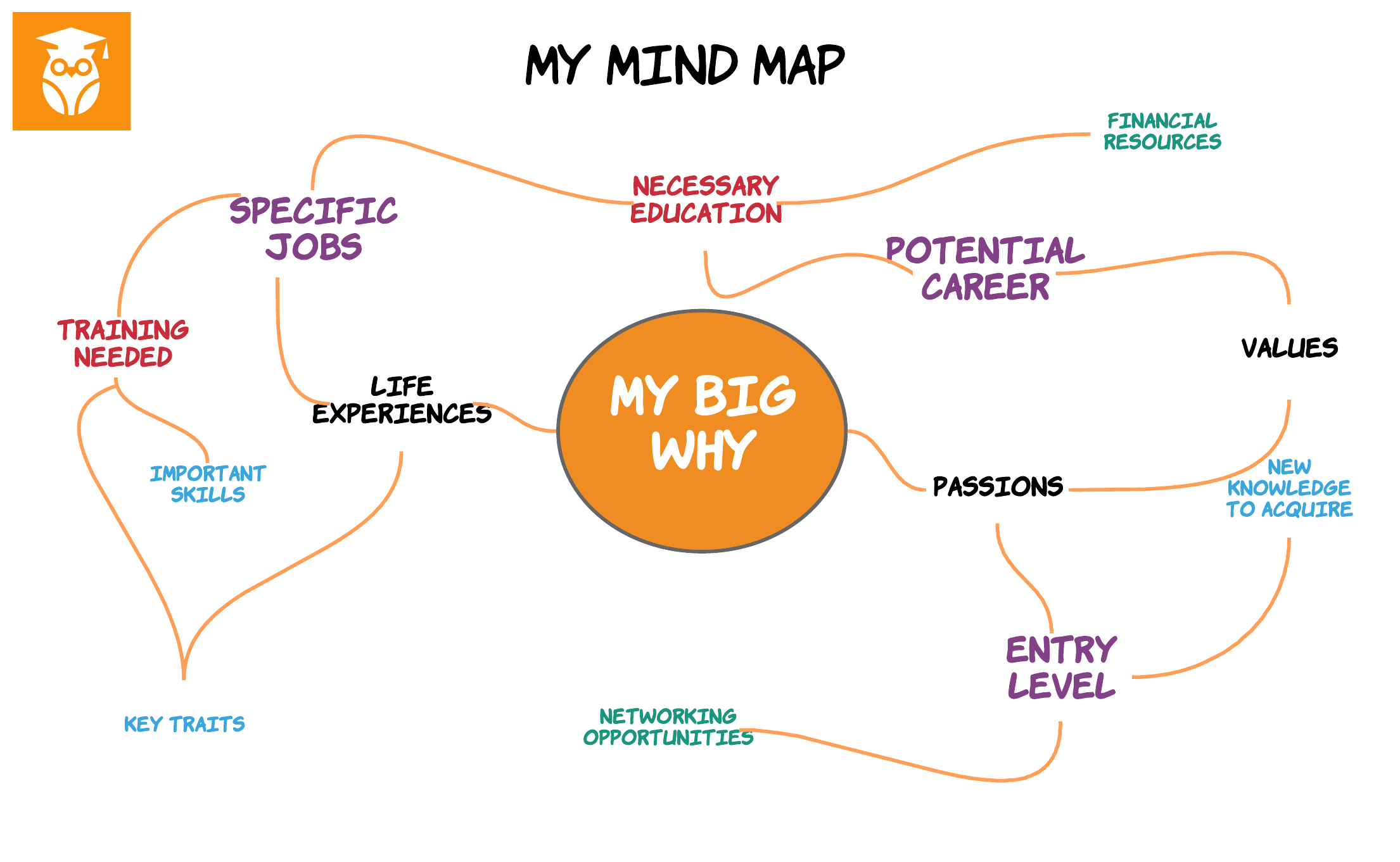 To hear an audio description of the image above, press play on the audio player below:
To hear an audio description of the image above, press play on the audio player below:
Carrie's Career Mind Map
 Meet Carrie!
Meet Carrie!
She loves to help people learn and has a passion for nature. She's graduating from high school next year and made a mind map to brainstorm some career paths:
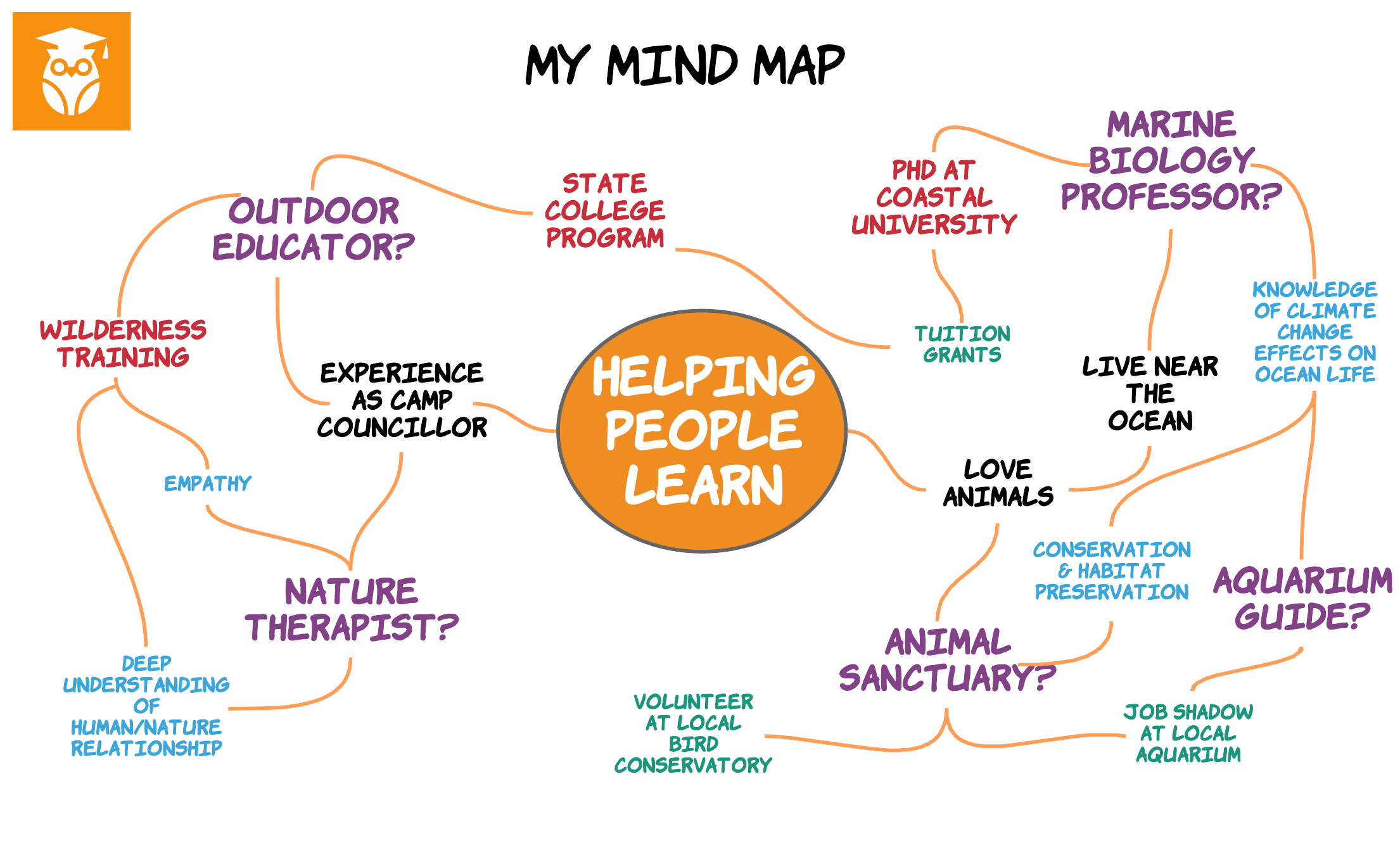 To hear an audio description of the image above, press play on the audio player below:
To hear an audio description of the image above, press play on the audio player below:
You'll notice her map has a few layers branching out from her Big Why:
1st layer (black)
values and passions
prior experience
2nd layer (purple)
potential careers
specific jobs
3rd layer (blue)
key traits needed
necessary skills & knowledge
4th layer (green & red)
education & training needed
networking opportunities
She also color-coded the map and made some connections between different layers!
How you make your mind map will depend on your own style and preferences. If you prefer digital to paper, you can use free trials from online tools like Lucidchart or Miro.
Take Action

If it feels daunting to plan out your future career, here's the good news: nothing is set in stone!
A mind map will help you explore a variety of career options so you can guide yourself towards a career path that aligns with your values and passions.
This Byte has been authored by
Steve Birek
Director of Learning Content at Rumie
